 Written by Dr. Terri A. Lewis
Written by Dr. Terri A. Lewis
What is palliative care and what does it mean for people with complex pain syndromes? Dr. Lewis sheds light on this topic for people that are curious about it and would like to know more.
What is Palliative Care?
Palliative care (pronounced pal-lee-uh-tiv) is specialized medical care for people with serious illness. This type of care is focused on providing relief from the symptoms and stress of a serious illness. The World Health Organization (WHO) defines palliative care according to the following criteria –
Palliative care is an approach that improves the quality of life of patients and their families facing the problem associated with life-threatening illness, through the prevention and relief of suffering by means of early identification and impeccable assessment and treatment of pain and other problems, physical, psychosocial and spiritual. Palliative care:
- provides relief from pain and other distressing symptoms;
- affirms life and regards dying as a normal process;
- intends neither to hasten or postpone death;
- integrates the psychological and spiritual aspects of patient care;
- offers a support system to help patients live as actively as possible until death;
- offers a support system to help the family cope during the patients illness and in their own bereavement;
- uses a team approach to address the needs of patients and their families, including bereavement counseling, if indicated;
- will enhance quality of life, and may also positively influence the course of illness;
- is applicable early in the course of illness, in conjunction with other therapies that are intended to prolong life, such as chemotherapy or radiation therapy, and includes those investigations needed to better understand and manage distressing clinical complications.
WHO Definition of Palliative Care for Children
Palliative care for children represents a special, albeit closely related field to adult palliative care. WHO’s definition of palliative care appropriate for children and their families is as follows; the principles apply to other pediatric chronic disorders (WHO; 1998a):
- Palliative care for children is the active total care of the child’s body, mind and spirit, and also involves giving support to the family.
- It begins when illness is diagnosed, and continues regardless of whether or not a child receives treatment directed at the disease.
- Health providers must evaluate and alleviate a child’s physical, psychological, and social distress.
- Effective palliative care requires a broad multidisciplinary approach that includes the family and makes use of available community resources; it can be successfully implemented even if resources are limited.
- It can be provided in tertiary care facilities, in community health centers and even in children’s homes.
What Services Are Coordinated by a Program of Palliative Care?
Palliative care is specialized medical care coordinated with community supports designed to focus on providing relief from the symptoms and stressors imposed by serious illness. The following features characterize palliative care philosophy and delivery:
- Care is provided and services are coordinated by an interdisciplinary team;
- Patients, families, palliative and non-palliative health care providers collaborate and communicate about care needs;
- Services are available concurrently with or independent of curative or life-prolonging care;
- Patient and family hopes for peace and dignity are supported throughout the course of illness, during the dying process, and after death
Services address life planning, community care specialties, referrals and program eligibility management, insurance coordination, nursing, occupational or physical therapies, pain management, social supports, psychological and mental health supports, spiritual supports, diet, nutrition, and disease management education, assistive technology and home modifications. These include-
Physical problems. (the symptoms or side effects)
Treatments may include:
- Medicine
- Nutritional guidance
- Physical therapy
- Occupational therapy
- Integrative therapies
Emotional, social, and coping problems. Patients and their families face stress during illness that can lead to fear, anxiety, hopelessness, or depression. Family members may take on care giving, even if they also have jobs and other duties.
Treatments may include:
- Counseling
- Support groups
- Family meetings
- Referrals to mental health providers
Practical problems. Some of the problems brought on by illness are practical, such as money- or job-related problems, insurance questions, and legal issues. A palliative care team may:
- Explain complex medical forms or help families understand treatment choices
- Provide or refer families to financial counseling
- Help connect you to resources for transportation or housing
Spiritual issues. When people are challenged by illness, they may look for meaning or question their faith. A palliative care team may help patients and families explore their beliefs and values so they can move toward acceptance and peace.
What is the Difference Between Palliative Care and Hospice?
Palliative medicine is a medical subspecialty provided by doctors who offer palliative care for people who are seriously ill. Palliative care relieves suffering and improves quality of life for people of any age and at any stage in a serious illness, whether that illness is curable, chronic, or life-threatening. It is not necessary to be at the end stage of illness (3-6 mos prior to impending death) to receive or benefit from palliative care services.
Who Should Receive Palliative Care Supports?
Patients panic when they hear “palliative care” and think it means they are dying. But palliative isn’t only for people who are chronically or terminally ill, and it is not the same as hospice care. Palliative care may be offered for people with illnesses, such as, but not limited to:
- Cancer
- Heart, lung, or kidney diseases
- Dementia or Alzheimers
- HIV/AIDS or cancer
- Neuromotor diseases such as Parkinson’s, ALS (amyotrophic lateral sclerosis), Muscular dystrophy, or Multiple sclerosis.
- Injuries that arise from trauma or medical harms
- Any chronic disease that results in the need for long term coordinated care of medical and community supports for an extended period.
When Should Palliative Care Begin?
Palliative care should be considered whenever a determination is made that the a disease or injury is present that requires multiple services coordinated over a long period of time in order to optimize care, treatment and quality of life. The goal of palliative care is to place the right resources at the disposal of the patient and the care team to ensure that services delivered optimize targeted treatment goals and outcomes while helping the individual and family to remain as independent as possible in the care that is provided.
For the chronic pain patient, this may mean beginning care when treatment and pain management require intensive supports through a combination of modalities that require risk management and coordinated inputs from multiple specialty providers working in concert to assure that patient’s desires and outcomes are monitored.
Palliative Care and the Person with Chronic Pain Generating Diseases
Palliative care in America is not uniformly available or consistently provided to eligible individuals. This is a function of state regulatory implementation, insurer limitations, and access to trained and knowledgeable medical professionals and carers. To investigate the availability and implementation of palliative care services in your state, look to these links-
https://www.nhpco.org/sites/default/files/public/palliativecare/corporate-practice-of-medicine-50-state-summary.pdf
Palliative care: The legal and regulatory environments parts I & II
https://www.nhpco.org/sites/default/files/public/palliativecare/legal_regulatory_part1.pdf
https://www.nhpco.org/sites/default/files/public/palliativecare/legal_regulatorypart2.pdf
Click here to look for qualified provider organizations and practitioners
What Are the Limitations and Access Issues Associated with Palliative Care in the USA?
Palliative care is an important service for persons with chronic illness. It not only improves patient outcomes but it prevents secondary and tertiary harms from poor handoffs between specialty treatment providers. It also prevents duplication of services and helps to control costs of care. But it is not uniformly available. As an essential service it is plagued by uneven regulation and resource allocations across the states. Some states do not have enough trained medical providers, and some states have lost providers due to reimbursement by insurers for the services provided. On the whole, insurers limit provider choices through narrow networks which may in turn result in capitation or rationing of care to fewer people than the number that actually need the service.
What is certain is that the population is aging and needs are greater than ever. Not only is medical education a critical need but so is opening of regulatory process to allow eligible persons access across the lifespan as their care needs change. Persons with chronic pain generating syndromes often find themselves dealing with multiple diagnoses that will benefit for multidisciplinary approaches including palliative care.
For more information visit:
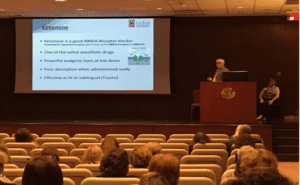 Written by Nurse Beth Seickel for the RSDSA Blog
Written by Nurse Beth Seickel for the RSDSA Blog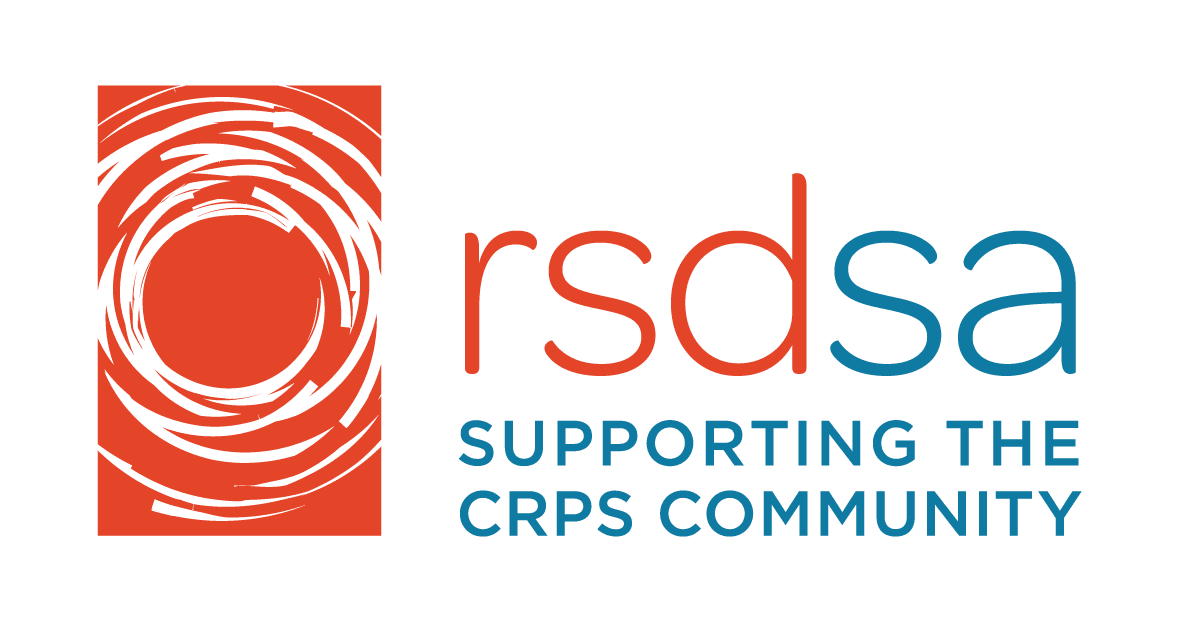
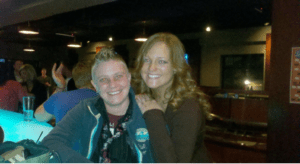 Written by Guest Blogger Stephanie Umlor for the RSDSA blog.
Written by Guest Blogger Stephanie Umlor for the RSDSA blog. Written by Guest Blogger Melissa Lanty
Written by Guest Blogger Melissa Lanty Written by Dr. Terri A. Lewis
Written by Dr. Terri A. Lewis
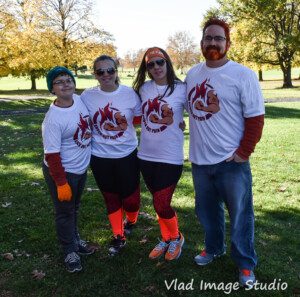 Making it more of a family affair, Sarah has stated that she never would have started this had it not been for her husband supporting her through and through. They have an amazing 5K committee that includes friends of theirs on top of family- Rob, Aubrey, Mike, and Kathy. Other friends continue to support them behind the scenes by sponsoring, campaigning, web designing, graphic designing, and being a shoulder to lean on when times get stressful or emotional.
Making it more of a family affair, Sarah has stated that she never would have started this had it not been for her husband supporting her through and through. They have an amazing 5K committee that includes friends of theirs on top of family- Rob, Aubrey, Mike, and Kathy. Other friends continue to support them behind the scenes by sponsoring, campaigning, web designing, graphic designing, and being a shoulder to lean on when times get stressful or emotional.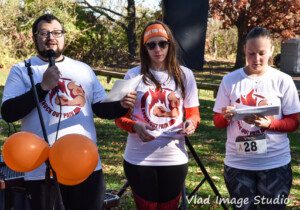
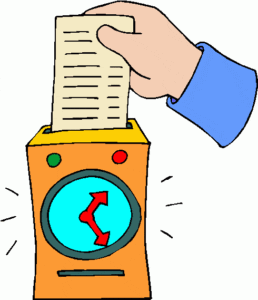 Written by Guest Blogger Sylvia Miller
Written by Guest Blogger Sylvia Miller Written by Guest Blogger Jess Henry-Cross
Written by Guest Blogger Jess Henry-Cross